The Art of Fermentation
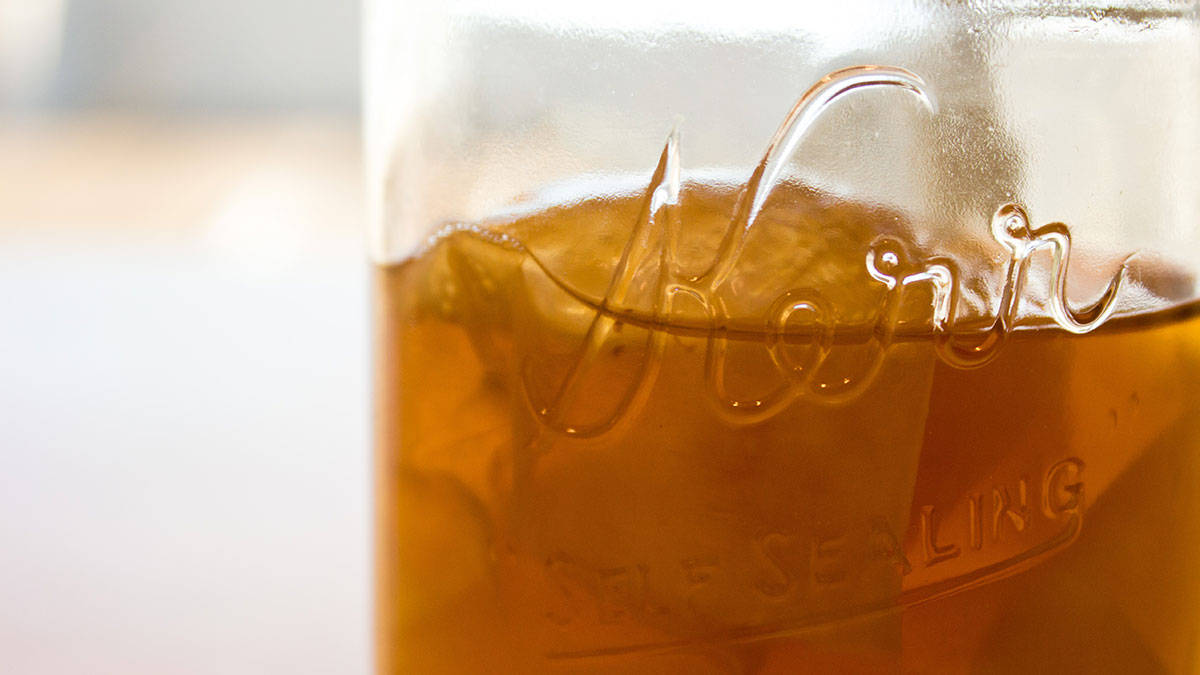 Christina Varvis
Christina VarvisFermentation is making a comeback. The ancient process — which slows down the decomposition of food using natural preservatives and probiotic bacterial cultures — has been part of many cultures’ histories, and is experiencing a renewal in Edmonton.
Jana Sacco, owner of Fully Nourished Living and local fermentation guru, says in the six years she’s been studying fermentation, interest in the practise has skyrocketed.
“There’s been a huge movement and it’s been people understanding the importance of fermented foods and how it works with your internal microflora.”
She attributes this bolstered interest to an increase in allergies, autoimmune diseases, and chronic inflammation.
“Basically our bodies are overwhelmed with toxicity, and our systems aren’t able to balance accordingly […] but now people are really starting to go to the root of what is causing it and wanting to work there, and that’s really what rebalancing your microflora is all about.”
What is Fermentation?
Fermentation is not just the means by which we make alcohol. It is an anaerobic process by which foods are allowed to partially break down for the purpose of preservation and to increase their nutritional potential. Many fruits, vegetables, meats, and dairy can be fermented. In some types of fermentation, controlled ratios of natural preservatives like sea salt are used to discourage harmful bacteria from reproducing and causing the food to rot, while beneficial bacteria — already present in the food, or added by way of a starter culture — can thrive. Some ferments, like kombucha, don’t require salt.
Fermentation has its roots in many different cultures, and was a common method of food preservation. Michael Gänzle, a professor in the department of Agricultural, Food, and Nutritional Sciences says:
“If you look at cheese production—cheese was produced to preserve milk. Because if you were somewhere in the remote mountains […] the only way you could make use of the milk [was] to make cheese because it can be preserved.”
Why Should I Ferment?
According to Sacco, 70 per cent of immune health is based on capacity of digestion, and microflora in the intestinal wall. But because of toxins in our food and environment, our bodies aren’t able to digest nutrients as well.
“The ratio ideally would be 85 per cent beneficial bacterial and 15 per cent of other fungi, yeast, bacteria […] but the average person is lucky is they have 5 per cent beneficial microflora,” she says.
Eating fermented foods helps replenish beneficial bacteria in the gut so the digestive tract can work properly. The key word here is probiotics. But what’s the difference between a probiotic supplement and the probiotics in fermented foods?
“If you go to the store and buy a probiotic, it has billions has certain strains, hopefully they’re active, live. But in a jar of kraut — fermented cabbage — there’s trillions of beneficial bacteria, and they’re easy to digest and your body is able to metabolize them differently than a supplement that has a somewhat synthetic basis,” she says.
The fermentation process also partially breaks down the food so the nutrients already present become more easily digestible. But for Sacco, fermentation is about more than just digestive health. It’s a grounding exercise that helps her maintain a moderate pace in life.
“It’s really a lifestyle, and it reconnects us to the earth from my perspective because it’s all about seasons and rhythms. I know when my ferments are going too long, I’ve been caught up with life or gotten too busy,” Sacco says.
Gänzle cautions against generally ascribing fermented foods with a healthy sticker, but recognizes some fermented foods to be “a great source of compounds and organisms which are beneficial.”
However, Gänzle suggests the benefits of fermentation go beyond probiotics. Fermenting, in certain foods, can remove toxins the food naturally contains. Cassava, he says contains the toxin Linamarin when unfermented, but fermentation removes the toxicity.
“In the case of cassava — the toxin is a molecule with the glucose attached. With the glucose it’s toxic, and without the glucose it’s not, and so what the lactic acid bacteria do is they cleave the glucose off, and that’s sufficient to convert a toxic compound to something which is harmless.”
Additionally, fermenting increases flavour quality, and can offer specific benefits depending on the particular food being fermented.
“If we look at the difference [between sourdough bread and plain bread] the sourdough bread has a more complex taste profile, which means you can add more sugar and salt. The starch digestibility is different, which means the glycemic index is lower, and there are some bioactive peptides which may decrease blood pressure,” Gänzle says.
How can I get started?
Sacco recommends starting with yogurt.
“A lot of people are used to taking yogurt […] so if you’re already doing [that], increase to better quality yogurt. Get organic, something that is full fat so there’s less processing.”
From there, you can move to other ferments like kefir, kombucha, or sourkraut. She encourages newbies to start out slowly, introducing as little as a quarter cup at a time.
“It’s tricky because when you are introducing probiotics some people feel benefits right away […] but there are some people whose internal microflora is so imbalanced, that it creates a war inside.”
If you’re interested in trying your hand at fermenting, Sacco runs monthly fermentation workshops where her students try out fermentation recipes with her guidance. Her hope is to ultimately help people feel confident about making fermented foods.
“I can teach about the benefits, I can show them how to do it, but what I find is really important is for people to actually make it with me alongside them, and for them be able to take it home and be able to taste it and learn and see what worked and what didn’t work sometimes.”
If you’d like to try out a workshop, you can contact Sacco through her website.
“Everyone’s body bio-uniqueness is different, but the idea of understanding how your body works, and replenishing it, and connecting through your food sources to patterns to what’s going on internally, that’s the basis for optimum quality of life.”
Do-it-Yourself Fermentation
Kombucha is a carbonated tea beverage, made by adding a SCOBY (symbiotic culture of bacteria and yeast) to a sweet tea infusion. If you’re interested in trying out fermentation on your own or with a friend, here is a recipe for basic black tea kombucha.
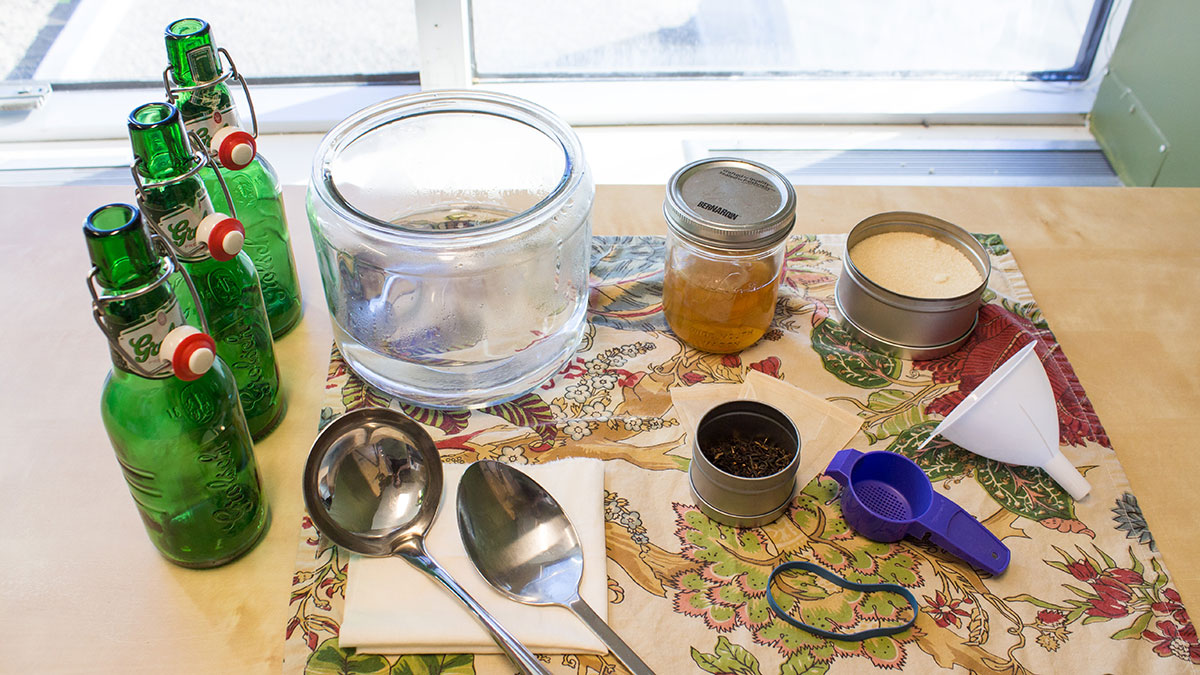
1. Bring 3L of water to boil in a large pot.
Make sure you measure the amount of water, and don’t just run your tap until you feel like it, or you’ll end up with a too watery or too strong brew.
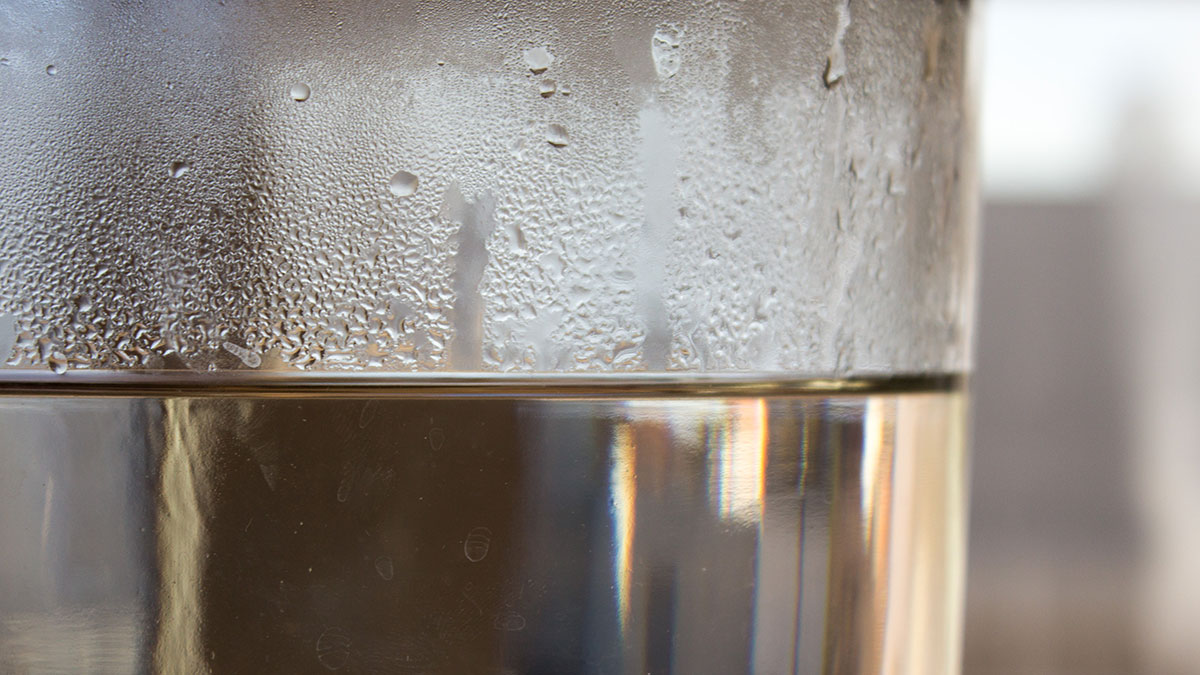
2. After your water has boiled, turn the stove off and stir in 1 ¼ cups sugar until dissolved.
Turbinado, Sucanat, White, whatever you have kicking around will do. Although it seems like a lot of sugar, the fermentation process will eat up a lot of it, and you’ll be left with a sparkling beverage with a much lower sugar content than a can of basically anything else.
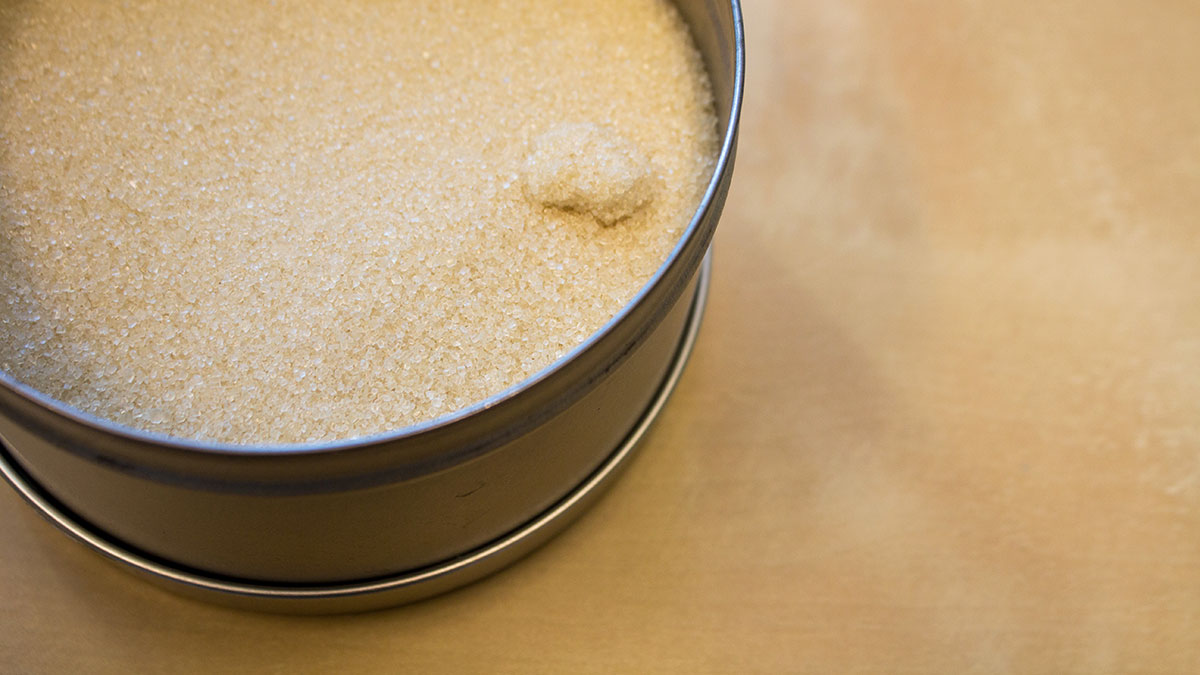
3. Add 3 tbsp loose leaf black tea. If you don’t frequent Steeps or David’s Tea, then about 5 bags of regular orange pekoe should do it. Set your phone or microwave timer to 5 minutes and let that tea steep.
Earl Grey lovers, let me stop you now. SCOBYs (the probiotic culture you’ll add to your tea a little later on) are pretty straight edge, and don’t like added oils like bergamot. So do our little friend a favor and keep it simple.
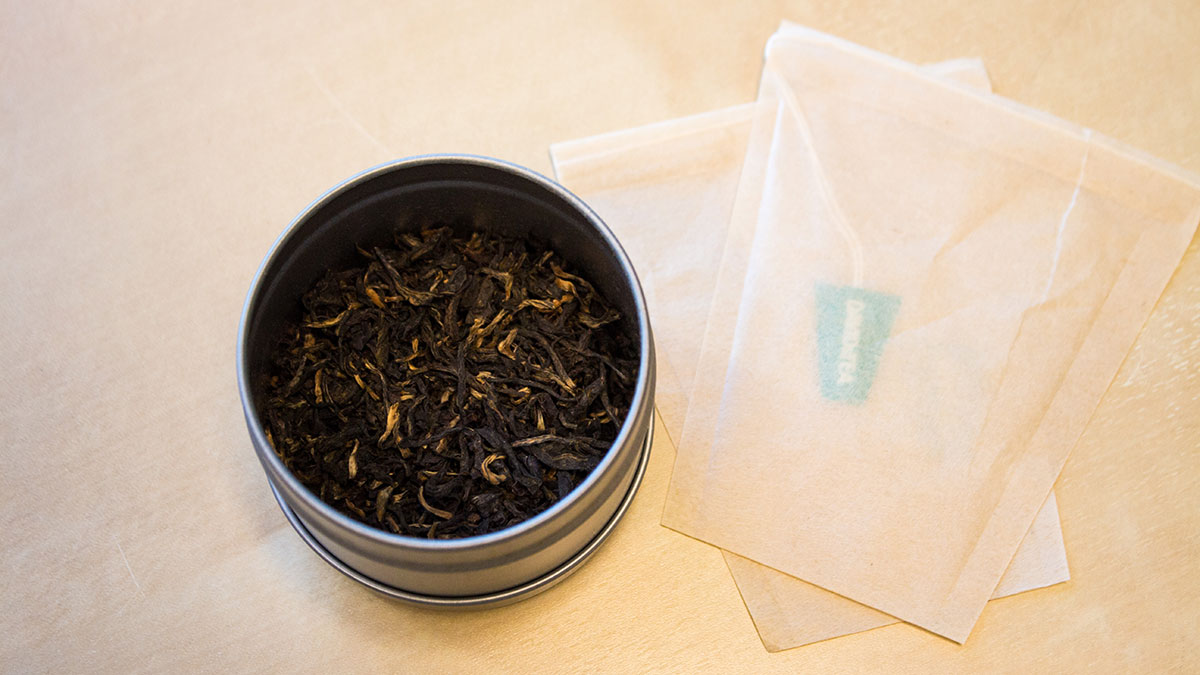
4. Place a mesh sieve over a sterile wide-mouth glass container and pour your liquid into it.
The sweet tea needs to come to room temperature before adding the SCOBY, so just let it hang out on the counter until it’s lukewarm to touch. This hour or two can be spent creeping your ex’s Facebook profile, or dipping straight into that half-empty jar of Nutella — I recommend both at once.
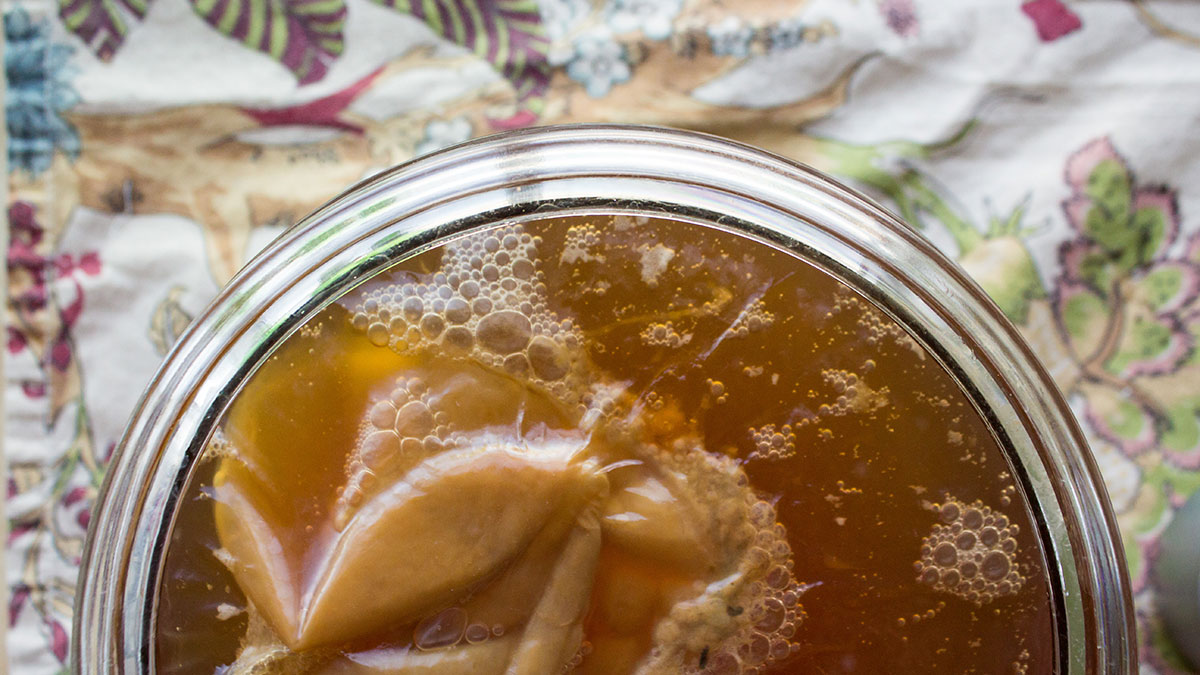
5. Add your SCOBY and 300mL of pre-brewed Kombucha.
This is the involved part. In order to start brewing Kombucha, you need to acquire a SCOBY and some already fermented Kombucha from a friend. If you don’t know anyone already brewing, there are tons of people on Kijiji selling SCOBYs, and some giving them away for free. If that’s a bit too sketchy for you, scope out a local health food store — they will likely be able to recommend someone.
6. Cover the vessel with a breathable cloth and elastic band and let it sit for 11 days — preferably in a warmer room. Saco says kombucha ferments best around 74° F.
This is the best part—partly because you don’t have to do anything, and partly because you know that there is a gloopy monster sitting on your counter eating sugar and making babies. During the fermentation time, the SCOBY reproduces another SCOBY which, after 11 days you will be able to pass on to a friend—or sell on Kijiji like a weirdo.
7. After 11 days, you will have a wicked SCOBY baby formed on top of your vessel (this is why it’s important to have a wide-mouth container like a cookie jar).
With clean hands, separate the mom from the baby, and put both into sterile glass jars with 300mL of your fresh kombucha in each. You’ll keep one for your next batch and give one to a friend.
8. With the help of a sterilized funnel and ladle, transfer your kombucha into re-sealable glass bottles (like Grolsch bottles) leaving about an inch of room at the top.
You should be able to fill 3 or 4 bottles.
9. Leave these babies on the counter for three days, and then throw them in the fridge to enjoy at your leisure.
Practice makes perfect. Sacco recommends having lots of tastings with your kombucha so you can keep track of sugar content.
“You want that tang sour rather than the sugary sweet,” she says.
If you’re new to kombucha or fermented foods in general, begin by drinking small amounts at a time — even as little as a quarter or half cup, and increase at your own discretion. Keep in mind that while your kombucha will have lost a lot of its sugar content, it still contains caffeine, so you’ll probably want to enjoy it before 3pm.





Quality information, quality supplies and quality support are all available from Kombucha Kamp! Yes, we ship to Canada too!